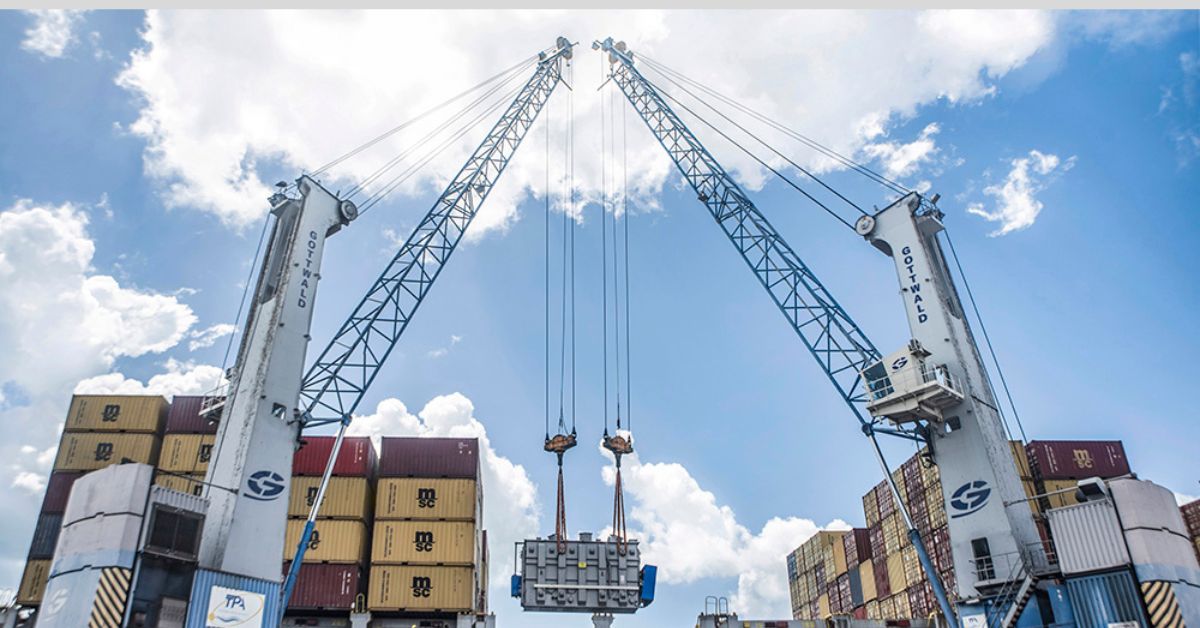Container lines — awash with excess capacity amid muted demand conditions — are attempting new strategies to lift head haul loads.
Signalling that trend, Mediterranean Shipping Co. (MSC) recently moved 30 transformers from Munda Port in India to Dar Es Salaam in Tanzania, with each unit weighing more than 140 tonnes.
The movement was a complex operation, given the oversized nature of the cargo and the specialized handling it needed for loading onto a container vessel.
These transformers were meant for Tanzania’s Julius Nyerere Hydro Electric Power Project.
“The transportation of the transformers is a delicate and complicated operation,” the Geneva-based carrier said.
According to MSC, the project equipment is critical to Tanzania’s ambitious plans to develop five hydropower plan projects to deal with acute power shortages and propel industrial activity in the country.
MSC explained, “The transportation of heavy and fragile components, such as transformers, to remote power plants in Africa presents unique complexities and challenges,”
Paskal Madede, sales manager at MSC Tanzania, highlighted the operational experience, noting the critical nature of handling such equipment, singling out the port crane significance of port crane weight limits, meticulous safety measures, and careful gear selection to ensure equipment security during transit.
MSC has significant operational advantages and flexibility at Mundra, as it operates one of the container terminals at Mundra jointly with port owner Adani Group, known as AICTPL.
Boosted by MSC’s transshipment loads, AICTPL saw a new monthly throughput high in November, racking up 300,451 TEUs. This was also reportedly the highest-ever monthly volume handled by any terminal in India.
With muted demand, major carriers out of Indian trades are facing significant vessel capacity utilization challenges. However, recent export trade gains present some hopeful signs for supply chain stakeholders as they explore other heavy or project cargo opportunities.
“Demand is still an issue in many markets due to high inventory and growth reflects that we may be eating into the share of some other countries,” said A. Sakthivel, president of the Federation of Indian Export Organisations (FIEO), commenting on Indian export trade data for October.
However, according to him, the export growth of 6.21% during October in merchandise exports is a good sign as the gain came despite weak demand and moderation in commodity prices, which had spiked last year after the Ukraine war.








